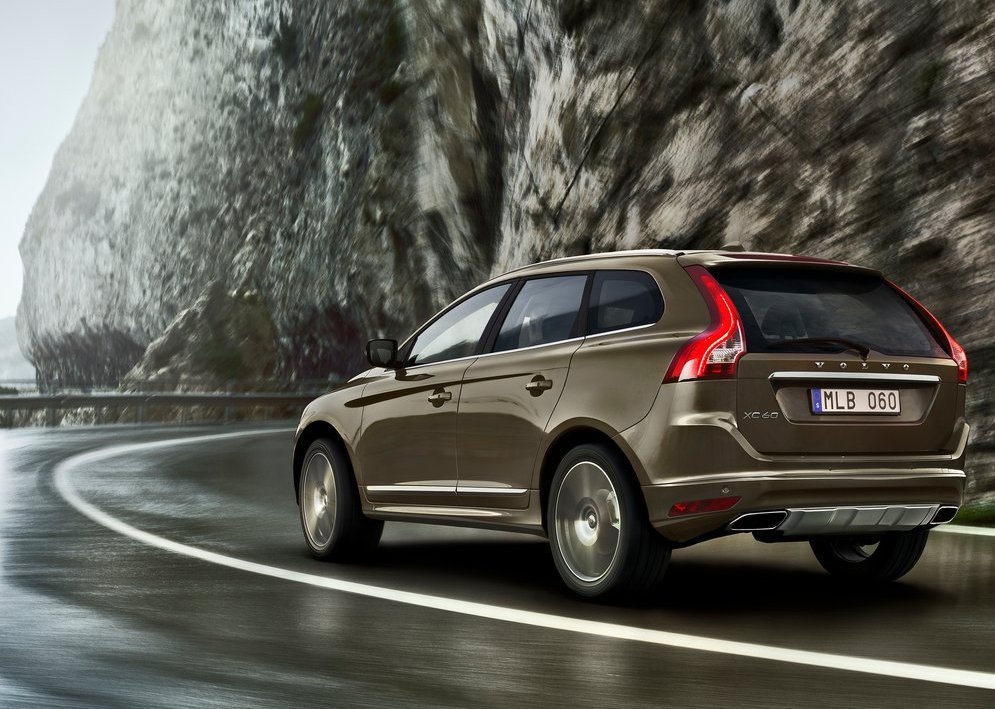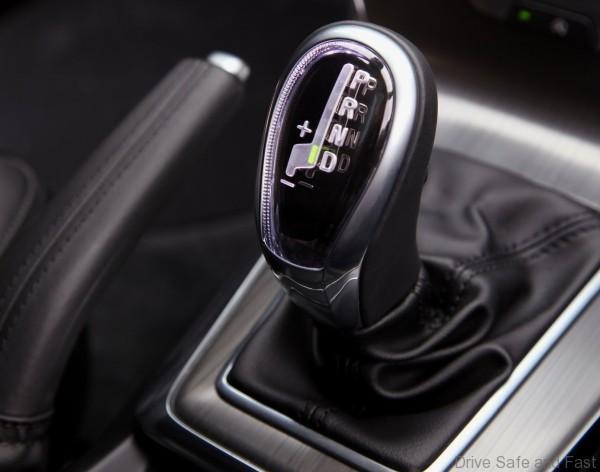Volvo will increase spending this year as it prepares to roll out the new XC90 SUV in a reset of the brand. Volvo plans to invest more than 6 percent of revenue in research and development this year after a push to return to profit caused spending to drop to 4.8 percent in 2013, Volvo CEO Hakan Samuelsson commented.
Even with the higher outlays, the carmaker plans to stay profitable in 2014. “We’re in the midst of the largest investment program in the company’s history,” Samuelsson said. “Our goal is to be stably in the black [and] 2014 is quite a challenging year.”
Volvo, which built a reputation around safety and reliability, is investing 11 billion euros (USD15 billion) in a four-year project to develop a range of new models. The goal is to almost double sales to 800,000 vehicles by 2020.
The revamped XC90 is Volvo’s first model developed since China’s Zhejiang Geely Holding Group bought the Swedish company from Ford Motor Co. in 2010 and will be presented later this year. The car, which will sport a touch-screen display using Apple Inc.’s CarPlay communications system, will be Volvo’s first vehicle built on an all-new platform. The company is also working with its Chinese parent on underpinnings for a line of small cars that will be available in three to four years.
Four-cylinder engines
Volvo’s research and development investment declined 6.8 percent to 5.86 billion kronor (USD913 million) last year. By comparison, BMW Group spent 4.8 billion euros on new models and technology in 2013, equivalent to 6.3 percent of revenue. Samuelsson said Volvo’s long-term goal is to spend 5 percent to 6 percent of annual sales on development. Because of its small size, Volvo is targeting investments and will offer only four-cylinder engines to control costs, reduce emissions and stand out from other upscale automakers. Customers who want more than the 190 horsepower generated by the standard combustion engines can add electric motors that give the vehicle as much as 400 hp.
Earnings
Full-year operating profit at Volvo jumped to 1.92 billion kronor from 66 million kronor in 2012 as sales growth in China and cuts in operating costs helped the company recover from losses in the first half. Revenue slipped 1.8 percent in 2013 to 122.2 billion kronor, even as global deliveries rose 1.4 percent to 427,840. The operating margin was 1.6 percent of sales. Samuelsson said, without specifying a target, that he wants boost the operating margin to a level similar to other upscale carmakers’ profitability. BMW’s operating margins from automaking were 9.4 percent in 2013.
Volvo is forecasting auto sales in 2014 will increase about 5 percent, propelled by a jump of more than 20 percent in China, where it started production of the S60L extended-wheelbase sedan in late 2013. The brand’s deliveries in the world’s largest car market surged 46 percent last year to 61,146 cars and SUVs.





